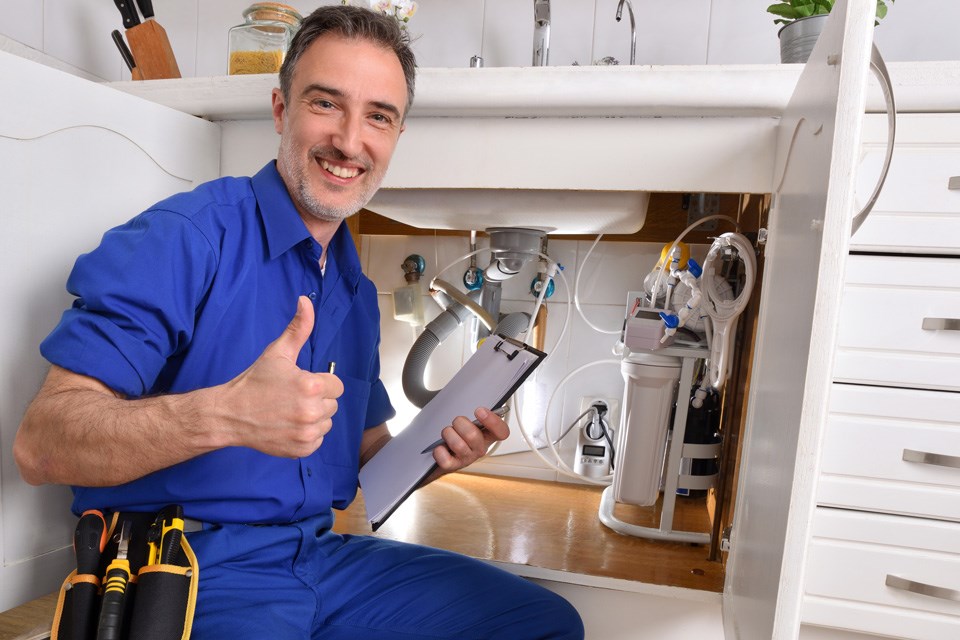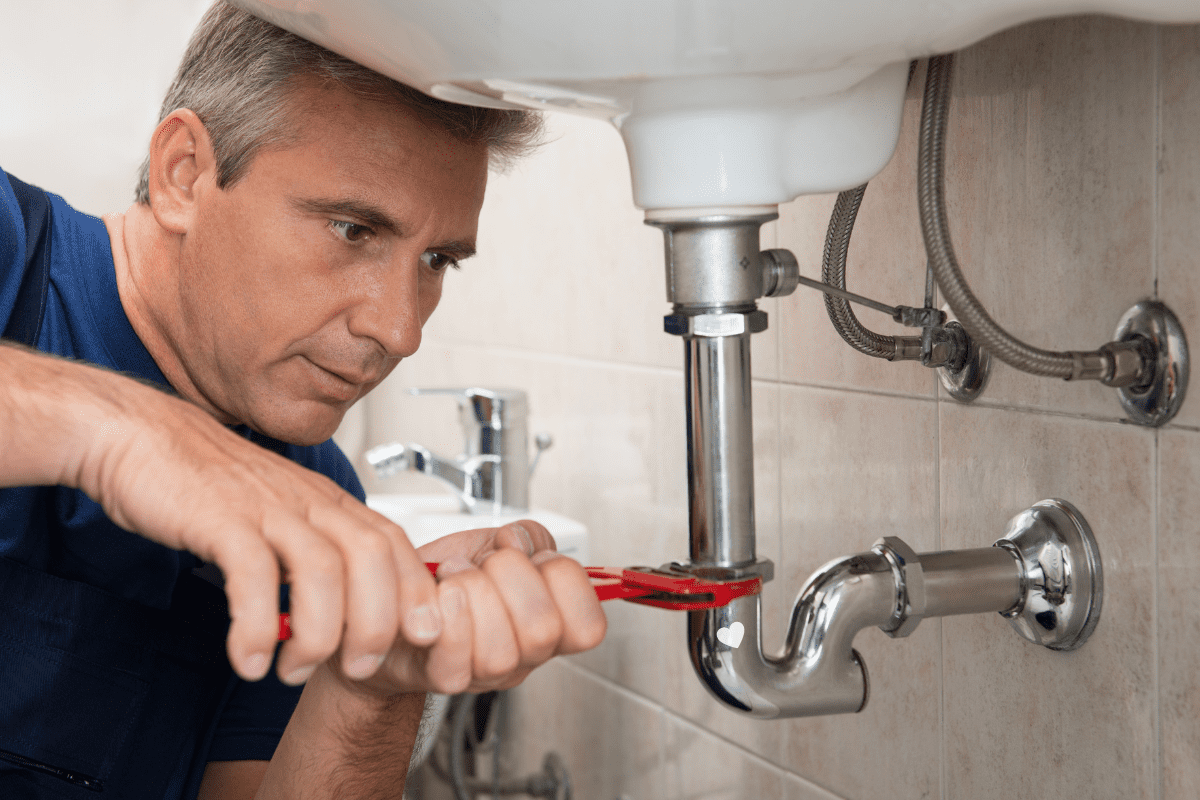A Step-by-Step Guide to Efficient Hot Water Heater Installation for Optimal Efficiency
Beginning on the task of setting up a hot water heater is an endeavor that demands precision and a methodical technique for achieving optimum performance. The process starts with the vital decision of picking the proper heater tailored to the details requirements of your family, taking into consideration variables such as energy, type, and size resource. Once selected, preparing the installation location to satisfy safety requirements is extremely important. Nevertheless, the journey doesn't end right here. As you proceed, the details of attaching water supply lines and establishing up trustworthy electric or gas connections await, appealing insights into making sure efficiency and reliability.
Choosing the Right Hot Water Heater

Following, take into consideration the dimension and capacity of the water heater. It's crucial to assess your home's warm water requirements, which can vary based upon the variety of occupants and their usage patterns. A device that's also tiny might result in insufficient hot water, while a large model could result in unneeded energy usage.
Efficiency scores additionally play a critical function in selection. Seek water heating systems with high Energy Variable (EF) rankings, indicating remarkable performance and lowered power use. Tankless models, though generally extra expensive ahead of time, deal substantial power savings gradually because of their on-demand heating capabilities.
Preparing the Installation Area
Before mounting a new water heating unit, thorough preparation of the installment location is vital. It's crucial to determine the area carefully to fit the water heating system's measurements, guaranteeing appropriate clearance around the device for reliable operation and servicing.
Following, remove any type of particles, dirt, or blockages from the website to create a tidy atmosphere. Examine the floor for security, as the hot water heater will need a solid, level surface to operate efficiently. If essential, set up a drip frying pan underneath the device to capture prospective leaks or spills, stopping water damages to the surrounding location. In areas vulnerable to seismic task, take into consideration installing seismic bands to secure the heating system securely in position.
Additionally, make certain that all needed tools and products are on hand prior to starting the setup. This includes items such as wrenches, screwdrivers, a level, and any type of extra hardware needed for protecting the heater and installing. A well-prepared installment location establishes the structure for an effective hot water heater arrangement, optimizing efficiency and safety.
Connecting Water Lines
When connecting water system lines to your recently set up hot water heater, it is crucial to ensure that all links are safe and leak-free to maintain reliable operation and avoid water damages. Begin by recognizing the hot and chilly water supply lines. The chilly water inlet is generally noted with a blue label or a "C", while the hot water outlet is noted with a red label or an "H".
Use flexible water heating system connectors to promote a simpler installation process. Prior to connecting the ports, put a plumbing technician's tape around the threaded ends of the water heating system's inlet and outlet pipelines.
When connections are in area, slowly switch on the major water supply shutoff. Inspect each link for leakages by visually inspecting and feeling for dampness. Tighten he said up connections as required, and make sure the stress alleviation shutoff is correctly set up, guarding against extreme pressure build-up.
Establishing Up Electrical or Gas Connections
Correctly setting up the electric or gas links for your hot water heater is a vital action to ensure safe and efficient operation. For electrical water heating units, start by validating that the electric circuit works with the heater's voltage and amperage requirements. Guarantee the power supply is shut off at the circuit breaker to stop accidents. Connect the electrical cords to the heating unit following the maker's circuitry diagram. Usually, this involves attaching the ground cord to the environment-friendly terminal, and the staying wires to their corresponding terminals, safeguarding each with cable nuts.
For gas water heaters, safety and security is paramount. Attach the gas line to the water heating system utilizing a versatile gas connector, ensuring it is appropriately threaded and secured with pipeline joint compound or Teflon tape appropriate for gas connections.
When connections are made, examine for any possible leakages. For gas lines, use a soapy water option to the joints; bubbles indicate a leak. For electrical connections, double-check that all wiring is safe and secure and properly shielded, keeping conformity with neighborhood electrical codes.
Testing and Adjusting for Efficiency
With the electrical and gas connections securely in place, the following step is evaluating the functional performance of your water heating unit. Begin by thoroughly turning on the water supply and making certain there are no leakages at any of the joints or valves.
Next, do a detailed assessment to ensure the burner or a fantastic read gas burners are operating properly. For electric heating systems, utilize a multimeter to validate if the elements are attracting the suitable current. In gas designs, observe the burner flame; it needs to be steady and blue, suggesting efficient combustion.
Change the setups as needed to eliminate ineffectiveness. Think about implementing insulation actions, such as including a hot water heater covering, to further improve efficiency by decreasing heat loss. In addition, check the anode pole's problem, as a worn-out pole can decrease performance and lead to storage tank rust.
Verdict
Effective water heater setup is crucial for making sure ideal performance and power cost savings. By choosing the proper kind and size, and diligently preparing the installment location, a foundation for success is established. Firmly connecting water lines and carefully establishing up electrical or gas links lessen possible problems. Detailed screening for leakages and exact thermostat modifications to 120 ° F improve dependability and performance. Following these actions promotes lasting functionality and power preservation in domestic water heater.

Properly establishing up the electrical or gas links for your water heating system is a vital step to make sure safe and efficient procedure. For electric water heaters, start by validating that the electric circuit is compatible with the heating unit's voltage and amperage requirements. Connect the gas line to the water heater making use of an adaptable gas connector, guaranteeing it is effectively threaded and sealed with pipeline joint compound or Teflon tape appropriate for gas connections.